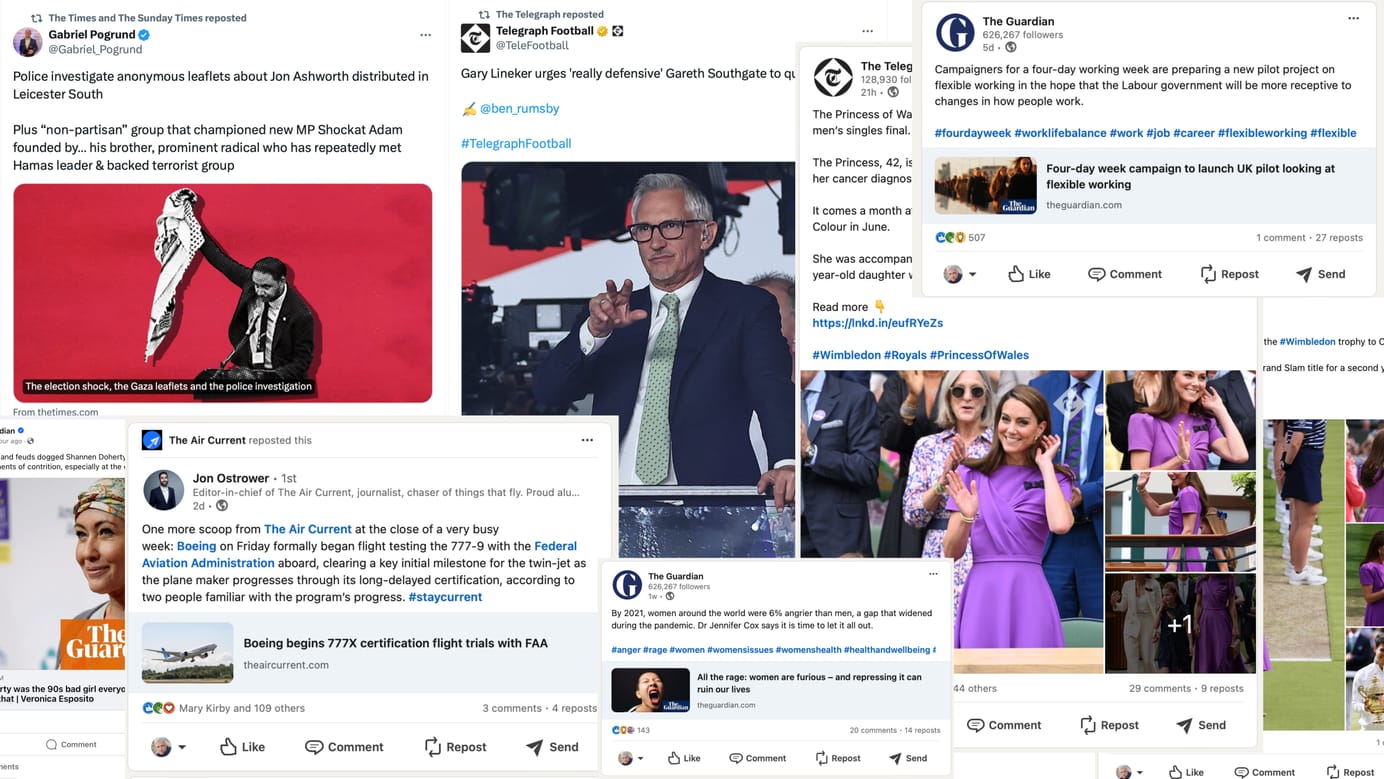Le Web: Getting Real with Corporate Social Media

There seems to be a pleasing trend against social media idealism and towards the hard reality faced by people doing this stuff day-in, day-out. As [Brian Solis](http://www.briansolis.com/) put it during the real time marketing panel: “We all have to report to people who don’t give a shit about authenticity.”
He got a round of applause for his trouble.
“Breaking the fourth wall is when we start to engage,” he said. “And I want them looking at me through that wall, because I don’t want them looking at my ass.”
[Steve Rubel](http://www.steverubel.com/) took up the theme with a regular message from his boss: “No more airy-fairy – the days of airy-fairy are over.”
So, what have they been replaced with? “What does getting real mean? Business case. What is the business case we’re trying to solve? What is the business value? The more we can link what we are doing to the pan and not the puff and sizzle and lard, the more successful we’ll be.”
[](http://www.onemanandhisblog.com/content/images/2009/12/Matthias-Luefkens.jpg)
Interestingly, it was Matthias Luefkens of the World Economic Forum who tried to drag this back to the airy-fairy: “ROI is Return on Involvement. Get out there and get involved.” Uh, yes. But how? And how do you justify it?
Rubel came back on this “Return on time; return on attention is the most important thing. Our customers’ attention is not being talked about enough, and that’s disrespectful.”
And Richard Binhammer of Dell was keen to point out that you didn’t have to involve the top level people day-to-day: “It’s not always the CEO people want to connect with. In our business, it’s often the engineers.”
His argument was that a significant engineer spending an hour or so on social media allows him to reach enough people that it would take hours of conference visits and conference visits to match – and there’s a huge cost benefit inherent on that.
Solis, though, pointed out that in man companies there is one person paid to do this, and some are earning in the $100,000 range (if there are any jobs with that level of pay on offer, my e-mail address is on the contact page 😉 ). If it’s costing the firm, say, $25 per tweet, can you justify the business case for that?
Sign up for e-mail updates
Join the newsletter to receive the latest posts in your inbox.










